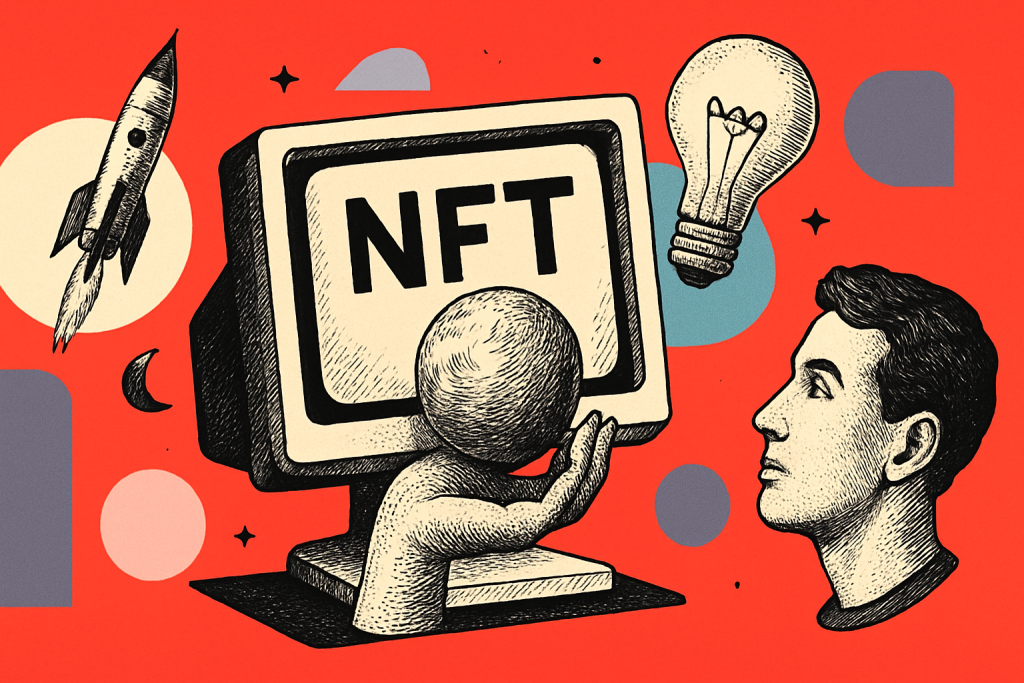As technology continues to advance, so does the way we interact with it. Gesture-based interfaces have emerged as an innovative and intuitive method of interacting with digital devices and applications. These interfaces enable users to navigate, control, and interact with technology using natural hand movements and gestures. In this article, we will delve into the world of gesture-based interfaces and explore how they are shaping the future of UI/UX design.
Understanding Gesture-Based Interfaces:
Gesture-based interfaces rely on a user’s hand movements and gestures to trigger specific actions on digital devices. Instead of using traditional buttons or mouse clicks, users can interact with technology by swiping, tapping, pinching, rotating, and performing other intuitive gestures. This approach not only enhances the user experience but also opens up new possibilities for designing more immersive and user-friendly interactions.
The Rise of Gesture-Based Interfaces:
Gesture-based interfaces have seen a rapid rise in popularity due to the widespread adoption of touch-enabled devices such as smartphones, tablets, and touch-screen laptops. These devices have become an integral part of our daily lives, and gesture-based interactions have become second nature to many users.
Additionally, the emergence of Augmented Reality (AR) and Virtual Reality (VR) technologies has further accelerated the adoption of gesture-based interfaces. In AR/VR environments, users can interact with digital content and virtual objects using hand movements and gestures, making the experience more realistic and immersive.
Benefits of Gesture-Based Interfaces:
- Intuitiveness and Natural Interaction: Gesture-based interfaces mimic real-world interactions, making them more intuitive and user-friendly. Users can perform actions as they would in the physical world, reducing the learning curve for using digital devices and applications.
- Enhanced User Engagement: Gesture-based interactions create a more engaging and interactive user experience. Users feel more connected to the technology, resulting in increased user satisfaction and retention.
- Space Efficiency: Gesture-based interfaces eliminate the need for physical buttons and controls, allowing for more screen real estate. This space efficiency is especially valuable in mobile devices with limited screen size.
- Accessibility and Inclusivity: Gesture-based interactions can be more accessible for users with physical disabilities, providing an alternative input method that suits a broader range of users.
- Novelty and Innovation: Gesture-based interfaces introduce a sense of novelty and innovation, enhancing the overall perception of a product or application.
Challenges and Considerations:
While gesture-based interfaces offer numerous benefits, they also present some challenges that designers need to address:
- Gesture Recognition: Accurate gesture recognition is crucial for a seamless user experience. Designers must ensure that the system can differentiate between intentional gestures and unintended movements.
- Learnability: While gesture-based interfaces are generally intuitive, some users may still require guidance and onboarding to learn the available gestures and their corresponding actions.
- Consistency: Designers must maintain consistency in the use of gestures across different applications and platforms to avoid confusion for users.
- Fatigue and Ergonomics: Long periods of using gestures can cause user fatigue, especially for complex and repetitive tasks. Ergonomic considerations are essential to ensure comfortable and strain-free interactions.
The Future of UI/UX Design with Gesture-Based Interfaces:
As technology continues to evolve, gesture-based interfaces are poised to play an increasingly prominent role in UI/UX design. With advancements in AI and machine learning, gesture recognition is likely to become more accurate and refined, offering users a seamless and natural way to interact with technology.
Gesture-based interfaces are also expected to merge with other emerging technologies, such as voice assistants and haptic feedback, to create more holistic and immersive user experiences. Designers will need to explore innovative ways of combining different interaction modalities to enhance usability and engagement.
Conclusion:
Gesture-based interfaces represent a significant shift in how users interact with technology, offering a more intuitive, engaging, and futuristic user experience. As we navigate the future of UI/UX design, incorporating gesture-based interactions will be essential for creating innovative and user-friendly digital products. By understanding the unique benefits, challenges, and considerations of gesture-based interfaces, designers can unlock the full potential of this exciting technology and shape the future of user interactions. Embrace the power of gestures, and navigate the way to a more immersive and delightful UI/UX landscape.

